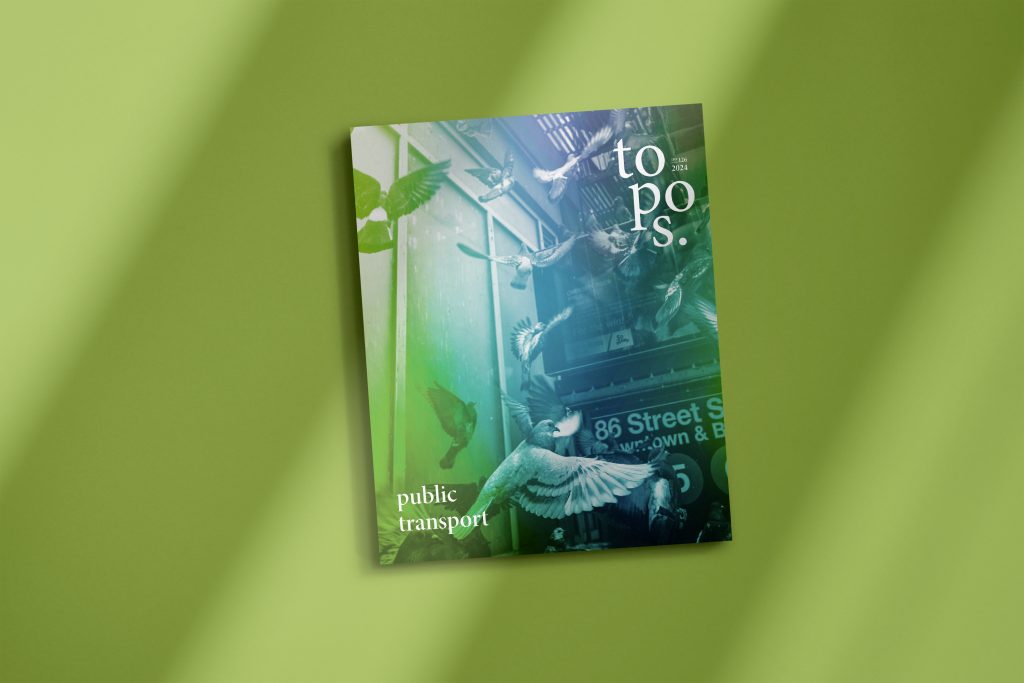California Wildfires: Postmodern Pyroscapes

This year’s California wildfires are a case in point. How did modernization facilitate this disaster, and what can be done to remedy this perfect storm?
Billboard
Skyscrapper
Halfpage
One might think that settling wherever one desires corresponds to the American dream of shaping one’s own destiny. Tragically, this dream is bifurcated by the structural inequality that pervades US society, resulting in unequal opportunity and uneven development. This becomes a matter of life and death in a disaster and shapes who can respond and recover and who can’t. This year’s California wildfires are a case in point, compounded by the coronavirus pandemic. How did modernization facilitate this disaster, and what can be done to remedy this perfect storm?
Wildfires are, again, raging in California and its neighboring states. Since climate change contributes to an increase in the frequency and intensity of these wildfires, more communities are impacted in greater ways and more firefighters need to be on duty for longer periods of time across ever-greater stretches of land on fire. The people of the American West are dealing with a massive disaster, all the while the underlying environmental, spatial, institutional context is fragmenting, changing, mutating. However, we can only start talking about possible remedies once we disentangle the relevant socio-cultural ingredients.
The relevant socio-cultural ingredients
This also offers planners and designers of the built environment an opportunity to better understand how their work relates to the cycle of disaster management and its phases of planning, preparedness, response, recovery and reconstruction. The institutional aspects of this are firmly rooted in the structure of US government and its federal, state, and local levels, and are related to legislature, funding and skilled personnel who implement plans and programs. The aim is to enable those who are impacted by disasters triggered by wildfires to respond, recover and rebuild in ways that prepare them for possible future disasters.
The spatial aspects encompass where people live and work: from the vast landscape to the individual home, from buildings to blocks, from neighborhoods to settlements, conurbations and cities to metropolises. The social aspects begin with individual resources and extend to evacuation provisions and available funds for rebuilding, against the background of physical harm, psychological trauma and political marginalization. Is this mutating system even capable of recovering after the wildfires in a way that is sustainable and enables adaptation to future disasters?
California Wildfires: Why wildfire disasters happen
On 16 November 2020 President-Elect Joe Biden publicly expressed his intention to make US cities more climate resilient, to benefit communities of color and minorities living in these cities, to build back better. His speech was music to the ears of a global audience, breathing a sigh of relief. By then, a record area of land had been on fire in the Western US states, impacting hundreds of thousands of people. Biden’s speech struck at the heart of the dilemma that disaster management in the US is faced with: that a recovery enabling adaptation to future climate and environmental crises is contingent upon enabling socially vulnerable population groups – among them minorities – to cope with them.
The precondition is to accept that a return to normal is insufficient, that inclusion is adamant for sustainable planning to succeed and that cities bear the brunt when post-disaster rebuilding fails. However, in the case of wildfires, it is necessary to look beyond the borders of the city. The postmodern geographies of settlement, with Californian urbanization as its prime example, clearly show how modernism chewed up the historic city – initially modeled after its European predecessors – and spewed it out across the countryside, creating the urbanized region in its wake.
This American rendition of “living in the park”, a mass-produced image of the Jeffersonian ideal of rural land ownership, constitutes a postmodern arrangement of functionally separated and socially stratified urban fragments across the wilderness. While it may have brought the spatial logic of its time to its highest possible fruition, this form of quasi-, sub-, and post-urbanization appears inadequate to address current environmental challenges such as wildfires, drought and climate change. The broken pieces of this mutating system are desperately seeking reconciliation.
Medium Rectangle
Halfpage

How did modernization facilitate this disaster, and what can be done to remedy this perfect storm? (c) Tegan Mierle on unsplash
California’s geography is “built to burn, to burn explosively”
California’s geography is “built to burn, to burn explosively”. With nearly 40 million residents, it is the most populous state of the US and the third largest by area. It comprises two of the nation’s major cities, Los Angeles and San Francisco. The climate, while mostly Mediterranean, is very diverse, ranging from subtropical to polar. The terrain is similarly diverse and includes rainforests and arid deserts as well as mountains and agricultural landscapes that display a dangerously high demand for water. For the most part, wildfires occur close to human settlements and tend to be caused by human action. Only a fraction are due to natural circumstances such as lightning. The most extensive wildfires to-date have occurred since the turn of the millennium, during years with notably high temperatures and unusual droughts….












